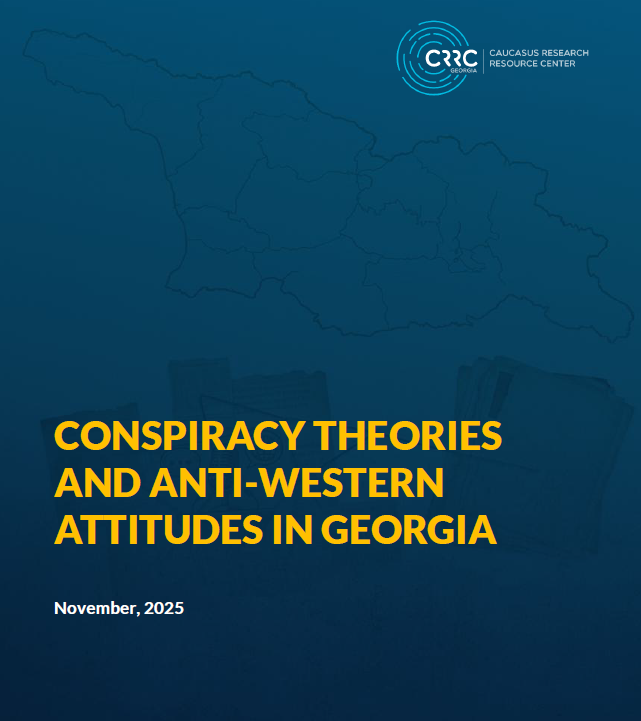Using data from CB 2013, this blog post looks at ownership of washing machines, refrigerators and air conditioners in Armenia, Azerbaijan and Georgia, and, if the respective item was purchased in 2000 or later, when it was purchased.
Of the three durables we discuss in this blog post, refrigerators are the most widely owned (by 94% of households in Azerbaijan, 79% in Armenia and 78% in Georgia). Approximately half of the households have at least one automatic washing machine in Azerbaijan and Georgia, while the respective share is a bit higher in Armenia. Only a small share of households in Armenia and Georgia has at least one air conditioner, while the respective share is reported to be much higher in Azerbaijan (29%). Unsurprisingly, in all countries, the ownership of these appliances is higher in the capitals compared to other settlements.
Importantly, as shown in the chart below, the changes in the shares of the households purchasing these appliances coincided to a certain extent with the dynamics of GDP per capita, with the exception of 2013, when GDP per capita increased slightly compared with the previous year, while purchases of washing machines and air conditioners dropped.
Note: In 2001 and 2002, approximately the same shares of households purchased refrigerators, washing machines and air conditioners in Georgia.
Azerbaijan was also affected by the world economic crisis. However, GDP per capita continued to increase after 2009, while purchases of household appliances decreased. A possible explanation here might be that the GDP growth in Azerbaijan is connected to natural gas and oil sales. Hence it most likely reaches economic elites and less so the general population and its purchasing power.
To sum up, there are still many households in the region who do not own certain household appliances e.g., automatic washing machines and air conditioners. Residents of the capitals are better equipped with these appliances than people living outside the capitals.







